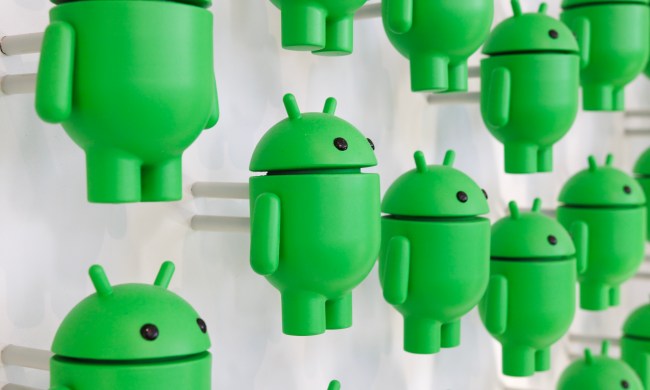HTC was the first company to support Google’s new Android operating system and its investment has taken the company to new heights. Before Android, HTC rarely produced smartphones under its own name, instead branding most of its phones with wireless carriers. How times have changed. Today, HTC announced that it expects revenue and shipments to more than double in the first three months of 2011 (Q1) thanks to a new slate of devices.
The smartphone maker experienced a 160 percent rise in profits from October to December (Q4) and sold a total of 24.6 million phones in 2010, more than double its 2009 sales. It expects revenue to reach $3.2 billion and shipments to average about 8.5 million units this quarter. Also positive will be its gross profit margin, estimated at 29.5 percent. Gross profit margin is what percentage of revenue is left over after accounting for the price of making and selling products.
Helping it achieve these goals may be the phones below, which were gathered by PocketNow. The information below is speculation only.
HTC Desire HD 2

We know very little about any of these phones, but it’s speculated that this one is a sequel to HTC’s flagship Desire HD. It has a front-facing camera, more rounded design, standard Android buttons, and a 3.8-4.0-inch screen.
HTC button-less (Honeycomb?) smartphones

We’re not sure what to make of this one. It appears to have dual branding, but may be incomplete. There is no front-facing camera, a feature that has become standard, and no face buttons. It is known that Android 3.0 (Honeycomb) doesn’t require face buttons, but no Honeycomb phones have been announced yet. Currently, it’s a tablet-only OS.
HTC Chinese Oboe 2

The swirl on the upper right of this phone is a hint that it may be a sequel to the HTC Oboe, a Chinese-only handset. It has a new speaker grill and lacks a front-facing camera. It also has a monstrous 4.3-inch (or larger) screen.
HTC Smart 2

Finally, HTC’s sequel to the Smart is here. It runs the Brew MP operating system, not Android, but changes up the button configuration from the first HTC Smart, which had a back, menu, and call start/end keys. This one seems to only have a call start/end and home.
Well, there you have it. Hopefully we’ll learn more about these devices (and maybe others) at the Mobile World Congress in a few weeks.


